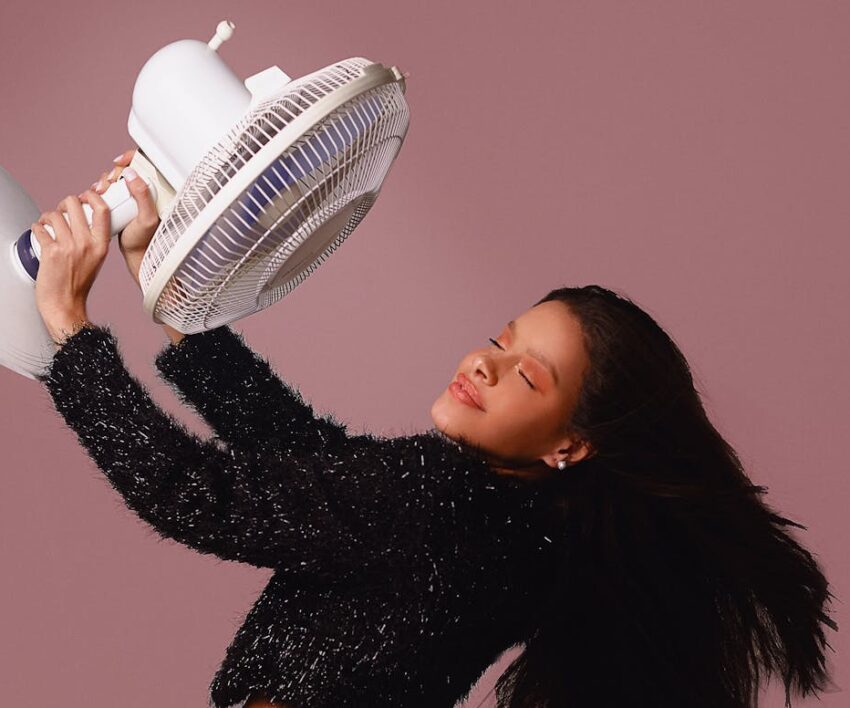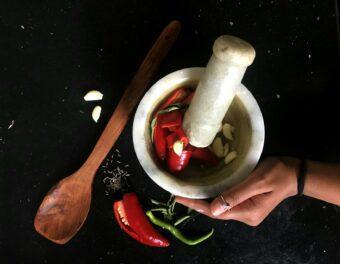
Experiencing the sudden wave of intense heat in your face, neck, and chest? Sweating in large amounts and feeling chilly afterwards? This may be a sign of hot flushes – a common symptom of perimenopause and menopause. As uncomfortable as it may feel, there are ways to manage these bouts of heat.
According to the health publication WebMD, hot flushes are the natural time when your ovaries stop releasing eggs and your period stops. Although many may experience it, hot flushes are different for all.
WebMD shares that common symptoms may include feelings of intense, internal heat, sweating (including night sweats), flushing, chills, increased heart rate of about 7-15 beats per minute, and feelings of anxiety.
Despite it being a symptom of menopause, females on their period can get it too. It may also occur in pregnant women or those with medical conditions.
Fortunately, there are ways to manage hot flushes.
Limit caffeine intake
The online menopause clinic My Menopause Centre shares that caffeinated drinks such as coffee and tea can bring on hot flushes. So, it may be best to switch to decaf – which might also help you sleep better.

Update your wardrobe
“Invest in loose-fitting clothes in cotton, linen, silk and bamboo that will allow air to circulate and cool your skin,” suggests My Menopause Centre. “Also, avoid colours that are likely to show sweat patches. Research shows the anxiety of having a hot flush will increase your chance of having one.”
Exercise regularly
WebMD notes that sedentary people may have hot flushes more often than people who exercise regularly. “However, do check in with yourself while you exercise, as overheating can trigger a hot flush.”
Avoid spicy foods
My Menopause Centre shares that spicy foods such as curries and chillies may trigger hot flushes. The clinic further states that you should take note of whether spicy food makes your episodes more frequent or severe.

Avoid smoking or tobacco products
“People who smoke or use tobacco products may have more hot flashes than people who don’t,” says WebMD.
Also see: 5 Ways to help swollen feet at home




